Related Research Articles

Pedro Gutiérrez de Valdivia or Valdiva was a Spanish conquistador and the first royal governor of Chile. After serving with the Spanish army in Italy and Flanders, he was sent to South America in 1534, where he served as lieutenant under Francisco Pizarro in Peru, acting as his second in command.

The Huilliche, Huiliche or Huilliche-Mapuche are the southern partiality of the Mapuche macroethnic group in Chile and Argentina. Located in the Zona Sur, they inhabit both Futahuillimapu and, as the Cunco or Veliche subgroup, the northern half of Chiloé Island. The Huilliche are the principal indigenous people of those regions. According to Ricardo E. Latcham the term Huilliche started to be used in Spanish after the second founding of Valdivia in 1645, adopting the usage of the Mapuches of Araucanía for the southern Mapuche tribes. Huilliche means 'southerners' A genetic study showed significant affinities between Huilliches and indigenous peoples east of the Andes, which suggests but does not prove a partial origin in present-day Argentina.
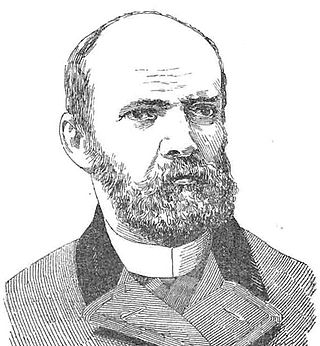
Diego Jacinto Agustín Barros Arana was a Chilean professor, legislator, minister and diplomat. He is considered the most important Chilean historian of the 19th century. His main work General History of Chile is a 15-volume work that spanned over 300 years of the nation's history.
Hernán Neira is a Chilean writer, philosopher and university professor.
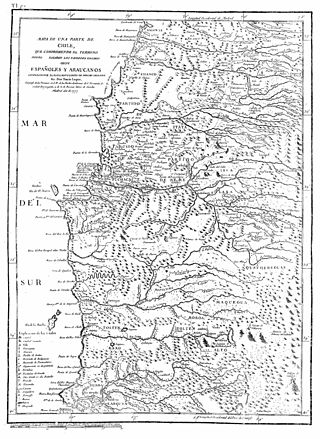
The Arauco War was a long-running conflict between colonial Spaniards and the Mapuche people, mostly fought in the Araucanía region of Chile. The conflict began at first as a reaction to the Spanish conquerors attempting to establish cities and force Mapuches into servitude. It subsequently evolved over time into phases comprising drawn-out sieges, slave-hunting expeditions, pillaging raids, punitive expeditions, and renewed Spanish attempts to secure lost territories. Abduction of women and war rape was common on both sides.
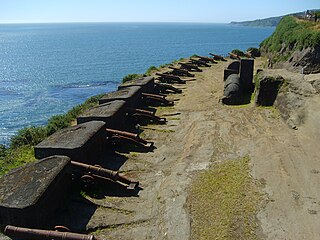
The Fort System of Valdivia is a series of Spanish colonial fortifications at Corral Bay, Valdivia and Cruces River established to protect the city of Valdivia, in southern Chile. During the period of Spanish rule (1645–1820), it was one of the biggest systems of fortification in the Americas. It was also a major supply source for Spanish ships that crossed the Strait of Magellan.
Alonso de Góngora Marmolejo (1523–1575) was a Spanish conquistador and chronicler of the early conquest and settlement of the Captaincy General of Chile, and the start of the Arauco War.
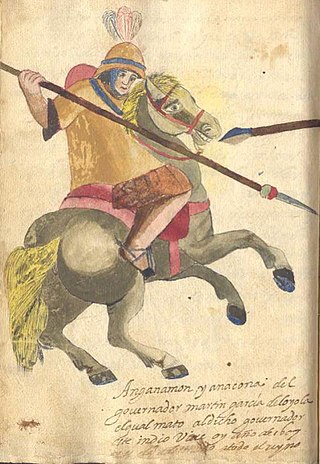
The Destruction of the Seven Cities is a term used in Chilean historiography to refer to the destruction or abandonment of seven major Spanish outposts in southern Chile around 1600, caused by the Mapuche and Huilliche uprising of 1598. The Destruction of the Seven Cities, in traditional historiography, marks the end of the Conquest period and the beginning of the proper colonial period.

Jerónimo de Alderete y Mercado was a Spanish conquistador who was later named governor of Chile, but died before he could assume his post.

Diego de Rosales was a Spanish chronicler and author of Historia General del Reino de Chile.

The Conquest of Chile is a period in Chilean historiography that starts with the arrival of Pedro de Valdivia to Chile in 1541 and ends with the death of Martín García Óñez de Loyola in the Battle of Curalaba in 1598, and the destruction of the Seven Cities in 1598–1604 in the Araucanía region.
The Battle of Mataquito was fought in the Arauco War on April 30, 1557, between the forces of the Spanish governor, Francisco de Villagra, and Mapuche headed by their toqui Lautaro. It was a surprise attack, carried out at dawn, on Lautaro's fortified camp between a wooded mountain and the shore of the Mataquito River. The battle is notable for ending Mapuche designs on Santiago, while also avenging the death of former governor Pedro de Valdivia, who had been killed by Lautaro's warriors four years earlier.
Cuncos, Juncos or Cunches is a poorly known subgroup of Huilliche people native to coastal areas of southern Chile and the nearby inland. Mostly a historic term, Cuncos are chiefly known for their long-running conflict with the Spanish during the colonial era of Chilean history.

The history of Pichilemu began around the 16th century, when Promaucaes inhabited the modern Pichilemu region. According to Chilean historiographer José Toribio Medina on his book Los Restos Indígenas de Pichilemu (1908), Spanish conqueror Pedro de Valdivia gave Topocalma encomienda, in which Pichilemu was supposed to be, to Juan Gómez de Almagro, on January 24, 1544.
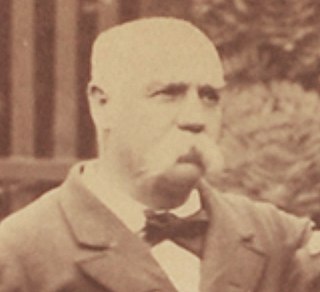
Benjamín Vicuña Mackenna was a Chilean writer, journalist, historian and politician. Vicuña Mackenna was of Irish and Basque descent.
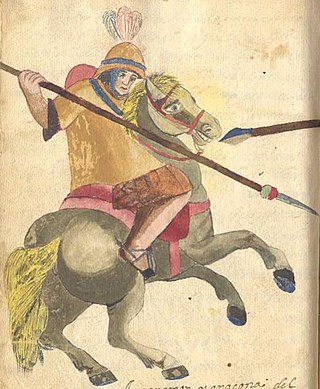
Anganamón, also known as Ancanamon or Ancanamun, was a prominent war leader of the Mapuche during the late sixteenth and early seventeenth centuries and a Toqui from. Anganamón was known for his tactical innovation of mounting his infantry to keep up with his cavalry.
The Parliament of Las Canoas was a diplomatic meeting between Mapuche-Huilliches and Spanish authorities in 1793 held at the confluence of Rahue River and Damas River near what is today the city of Osorno. The parliament was summoned by the Royal Governor of Chile Ambrosio O'Higgins after the Spanish had suppressed an uprising by the Mapuche-Huilliches of Ranco and Río Bueno in 1792. The parliament is historically relevant since the treaty signed at the end of the meeting allowed the Spanish to reestablish the city of Osorno and secure the transit rights between Valdivia and the Spanish mainland settlements near Chiloé Archipelago. The indigenous signatories recognized the king of Spain as their sovereign but they kept considerable autonomy in the lands they did not ceded. The treaty is unique in that it was the first time Mapuches formally ceded territory to the Spanish.
Juan Antonio Garretón was a Spanish army officer who served in different positions in Colonial Chile and Chiloé.
The Huilliche uprising of 1792 was an indigenous uprising against the Spanish penetration into Futahuillimapu, territory in southern Chile that had been de facto free of Spanish rule since 1602. The first part of the conflict was a series of Huilliche attacks on Spanish settlers and the mission in the frontier next to Bueno River. Following this a militia in charge of Tomás de Figueroa departed from Valdivia ravaging Huilliche territory in a quest to subdue anti-Spanish elements in Futahuillimapu.
References
- ↑ Pedro Pablo Guerrero. Libro póstumo Herman Schwember: Ambrosio O'Higgins, el padrastro de la patria. December 21, 2008, El Mercurio .
- ↑ Guarda, Gabriel. Historia urbana del Reino de Chile. p. 397.
- ↑ Juan Ignacio Rodríguez Medina. Las opiniones de 10 entendidos Chaitén: el desafío de trasplantar las raíces. Domingo 15 de febrero de 2009, El Mercurio.
- ↑ Joaquín Toesca, memoriachilena.cl
- ↑ Guillermo Lagos Carmona. Los títulos históricos; Historia de las fronteras de Chile. Andres Bello, 1985, p. 342.